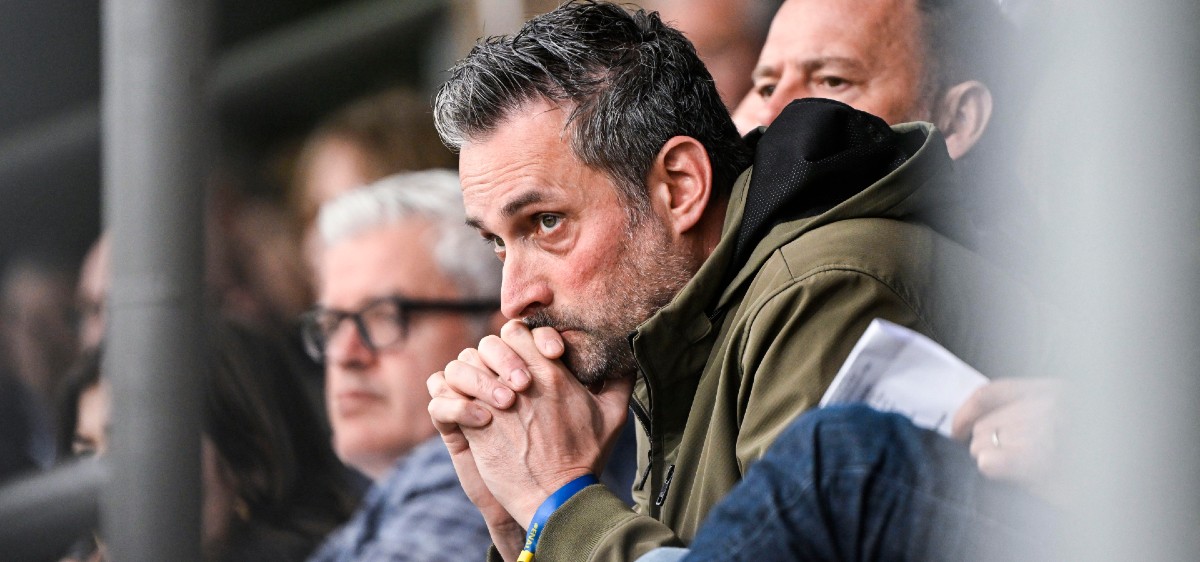For patients with eye socket disorders that involve multiple disciplines, appropriate diagnosis and treatment is critical. Ophthalmologist Ozlem Engen (UMC Utrecht), whose area of interest includes disorders of the eye sockets, tear ducts and eyelids, speaks about the importance of multidisciplinary care for patients with Graves’ disease and idiopathic orbital inflammation (IOI).
Multidisciplinary care of patients with Graves’ disease
According to Engin, a recent important development in ophthalmology is the creation of multidisciplinary care. Some conditions fit well with this, such as Graves’ disease, an autoimmune disorder associated with hyperthyroidism and sometimes also with Graves’ ophthalmopathy or orbitopathy. This involves an inflammatory reaction of the fat and muscle in the eye socket. “We also try to focus these patients on other clinics as much as possible and see them as multidisciplinary at once,” explains Engen. This means that a peripheral ophthalmologist sees and refers the patient (except for patients with Graves’ disease who are very quiet and not causing eye problems). For referred patients, we aim to have some imaging done already at the peripheral ophthalmologist. These patients then come to a joint consultation session with an ophthalmologist and an endocrinologist. Sometimes an orthoptist is also present. When patients come, everything is discussed at once: what is the condition of the ophthalmologist and the internist checks the condition of the thyroid gland. Patients will then receive a plan right away.”
reason
Engin says Graves’ disease does not necessarily have a genetic cause. Anyone with a thyroid disease can develop Graves’ disease. It is an autoimmune disorder in which autoantibodies also attach to tissues, including the inside of the eye. This leads to the infiltration of inflammatory cells into the orbital tissues. The largest group consists of people with a fast-acting thyroid, followed by a normal thyroid or a slow-acting thyroid.” Smoking is the main risk factor for disease onset and severity. “We advise patients to stop smoking for this reason,” said Engen. “In smokers, Eye disease is more severe and returns more often. For non-smokers with Graves’ disease, the eye problem usually occurs once and then goes away.”
Log in and read more about the treatment.
More information is only available to subscribers with prescribing authority.
sign in
NB: To see all the information you have account Login is required. Are you already logged in? Then you do not have sufficient rights to view this information. Do you want to modify your account? Then click here

“Total coffee specialist. Hardcore reader. Incurable music scholar. Web guru. Freelance troublemaker. Problem solver. Travel trailblazer.”







More Stories
Express your opinion about the design of the public space
The World Health Organization criticizes unnecessary antibiotic treatments during the Corona crisis
Toward a sustainable future: space exploration as a driver of terrestrial sustainability